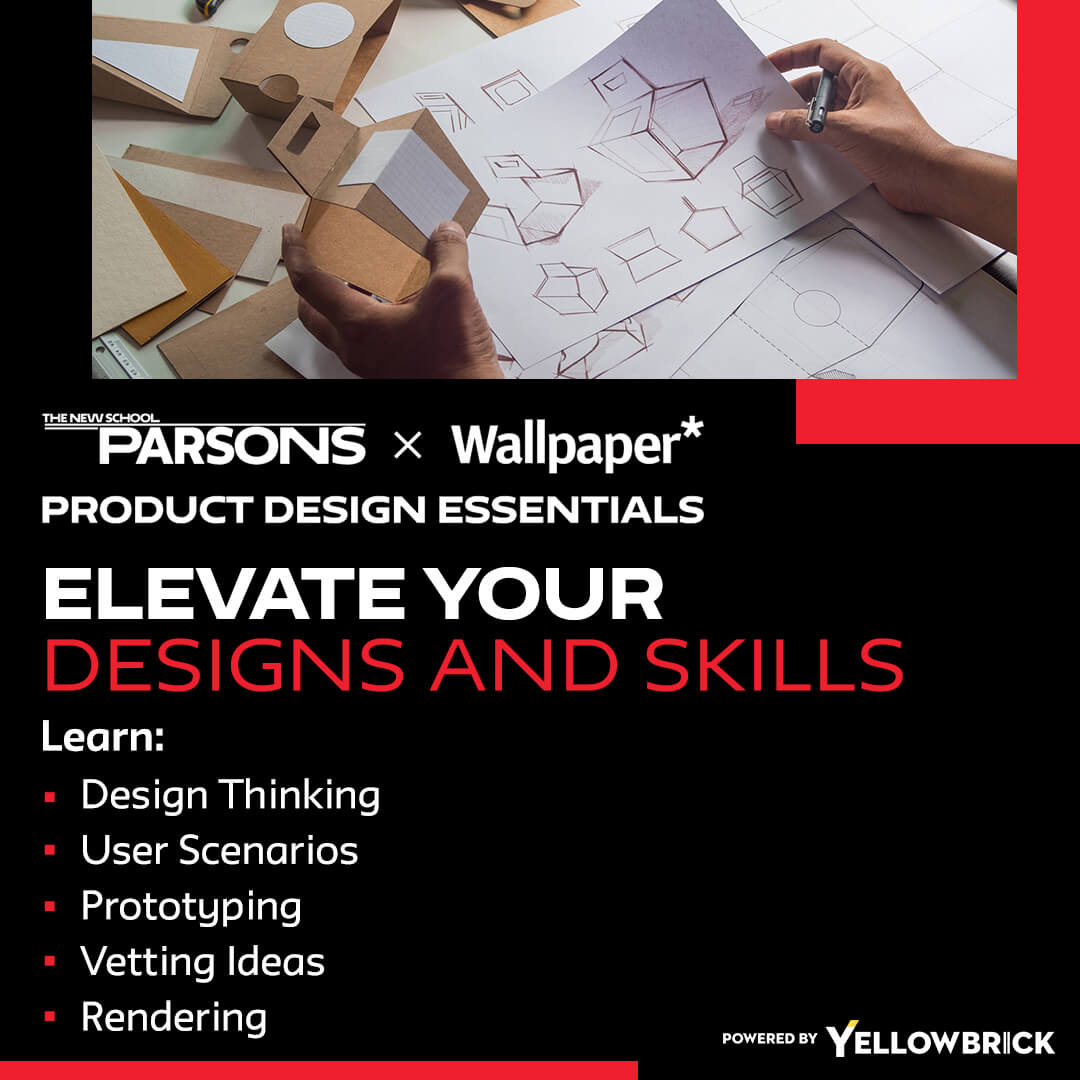Flexible Learning Opportunities
One of the key advantages of product design online training is the flexibility it offers. With online courses, you have the freedom to learn at your own pace, making it easier to balance your studies with work or other commitments. Whether you prefer to study early in the morning or late at night, online training allows you to create a schedule that works for you.
Access to Industry Experts
Many online training programs are taught by industry professionals with extensive experience in product design. By enrolling in these courses, you gain access to valuable insights, best practices, and real-world examples shared by experts who have worked on a wide range of design projects. Learning from seasoned professionals can help you develop a deeper understanding of the industry and refine your design skills.
Hands-On Learning
Product design online training often includes practical assignments, case studies, and projects that allow you to apply your knowledge in a real-world context. These hands-on learning opportunities help you develop practical skills, enhance your problem-solving abilities, and build a strong portfolio that showcases your expertise to potential employers.
Stay Updated with Industry Trends
The field of product design is constantly evolving, with new technologies, tools, and trends emerging regularly. Online training programs are designed to keep you up to date with the latest industry trends and developments, ensuring that you are equipped with the knowledge and skills needed to succeed in a competitive market. By staying informed about industry trends, you can stay ahead of the curve and position yourself as a valuable asset to employers.
Networking Opportunities
Online training programs also provide networking opportunities with fellow students, instructors, and industry professionals. Networking is a crucial aspect of career development, as it allows you to connect with like-minded individuals, share ideas, and explore potential collaborations. Building a strong professional network through online training can open doors to new opportunities and help you advance your career in product design.
Cost-Effective Learning
Compared to traditional in-person courses, product design online training is often more cost-effective. Online programs typically have lower tuition fees and eliminate the need for additional expenses such as commuting or accommodation. This cost-effective learning option makes it easier for aspiring designers to access high-quality education and training without breaking the bank.
Specialized Training
Online training programs offered by reputable institutions like Yellowbrick often provide specialized training in specific areas of product design, such as UX design, industrial design, or design thinking. These specialized courses allow you to focus on your areas of interest and expertise, honing your skills in niche areas that align with your career goals.
Career Advancement
By completing product design online training, you can enhance your skill set, expand your knowledge base, and increase your employability in the job market. Whether you are looking to land your first job in product design or advance to a more senior position, online training can provide you with the tools and confidence needed to pursue your career goals with success.
Continuous Learning
Product design is a dynamic field that requires continuous learning and adaptation to stay relevant. Online training programs offer a convenient way to engage in lifelong learning, allowing you to acquire new skills, explore emerging trends, and expand your professional horizons throughout your career. By committing to continuous learning, you can ensure that you remain at the forefront of the industry and continue to grow as a designer.
Global Reach
One of the significant benefits of product design online training is its global reach. With online courses, you can access top-tier education and training from anywhere in the world, breaking down geographical barriers and allowing you to learn from experts located in different parts of the globe. This global perspective can enrich your learning experience and expose you to diverse design practices and perspectives.
Conclusion
Product design online training offers a wealth of opportunities for aspiring designers to enhance their skills, expand their knowledge, and advance their careers in this dynamic field. Whether you are looking to kickstart a career in product design or take your existing skills to the next level, online training programs can provide you with the tools and resources needed to succeed in a competitive industry.
By investing in your education and professional development through online training, you can position yourself for success and unlock a world of possibilities in the exciting field of product design.
Key Takeaways:
- Flexibility in learning allows you to study at your own pace, balancing education with other commitments.
- Access to industry experts provides valuable insights and real-world examples to deepen your understanding.
- Hands-on learning through practical assignments helps develop skills and build a strong portfolio.
- Stay updated with industry trends to remain competitive and position yourself as a valuable asset.
- Networking opportunities can lead to collaborations and career advancement in the field of product design.
- Cost-effective online training offers quality education without the added expenses of traditional courses.
- Specialized training in areas like UX design and industrial design hones your skills for career growth.
- Continuous learning is essential to adapt to industry changes and expand professional horizons.
- Global reach allows access to top-tier education from experts worldwide, enriching your learning experience.
Consider taking the Parsons Product Design Essentials online course and certificate program offered by Yellowbrick to further enhance your skills and advance your career in product design. This specialized training can provide you with the knowledge and tools necessary to excel in this dynamic and competitive industry.








